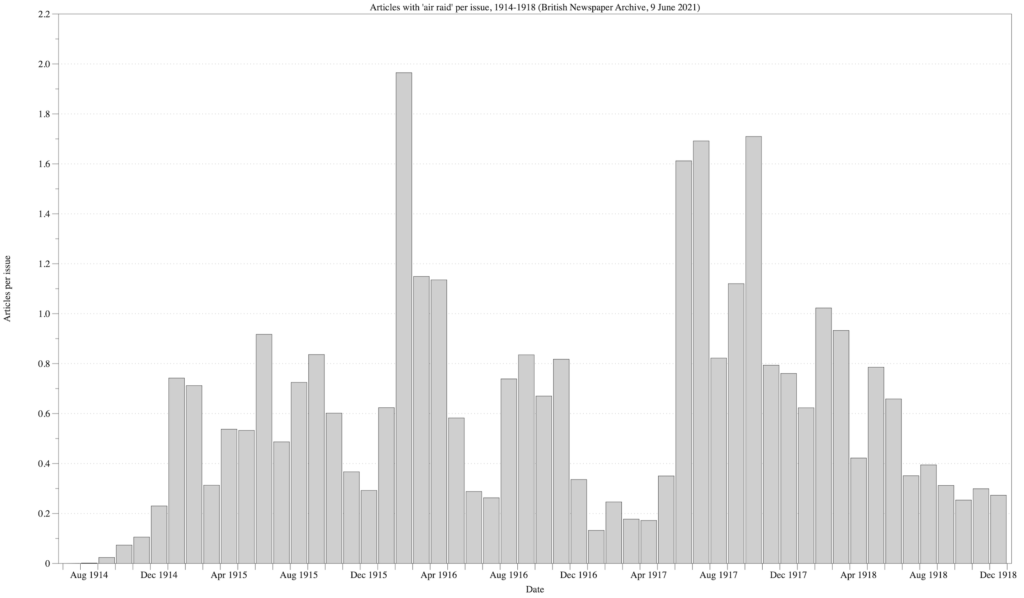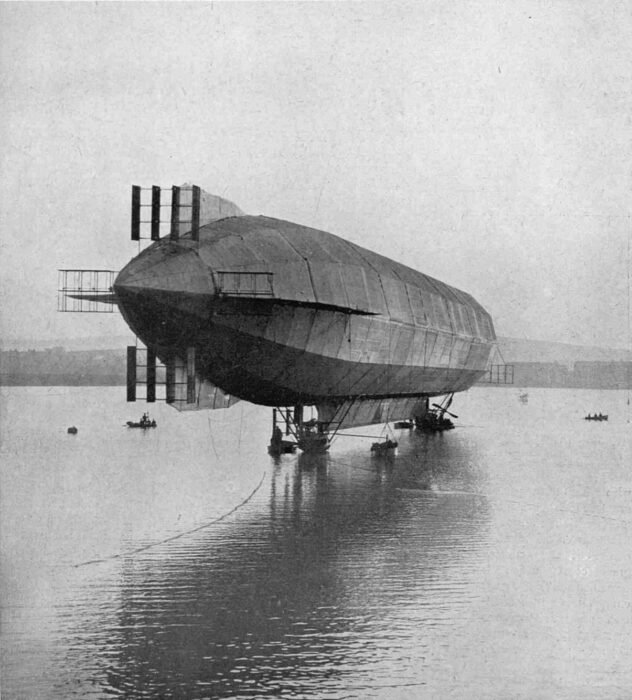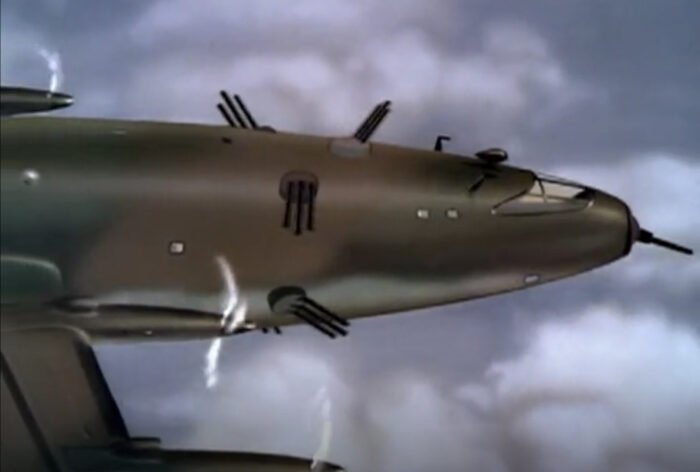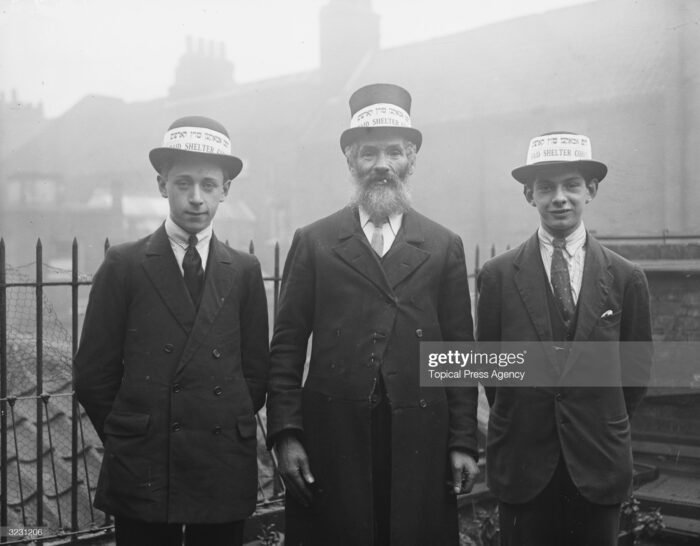The air raid vanishes — III
The time has finally come to address the claim I’ve made in the title of this series of posts, that the air raid somehow vanished. Why did I say that, and what does it mean? Well, look at the plot above. Previously I looked at how often ‘air raid’ (and related phrases) appeared per issue […]











